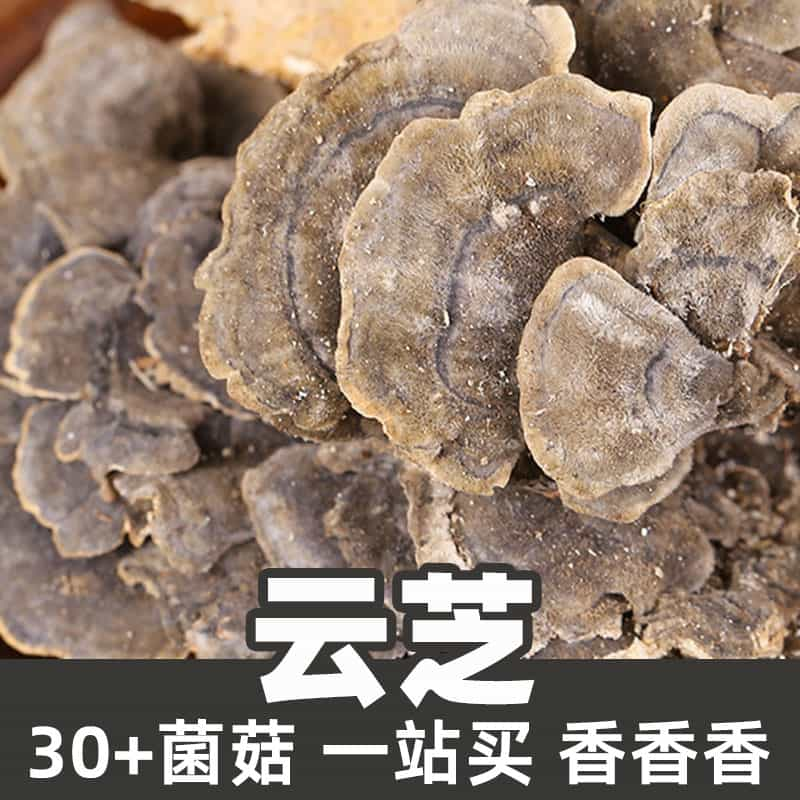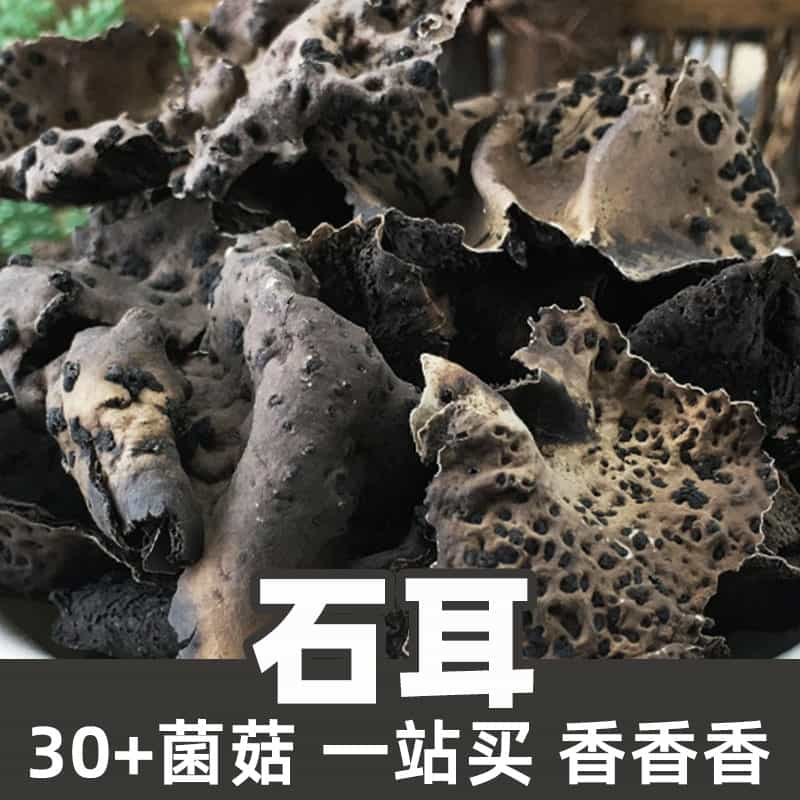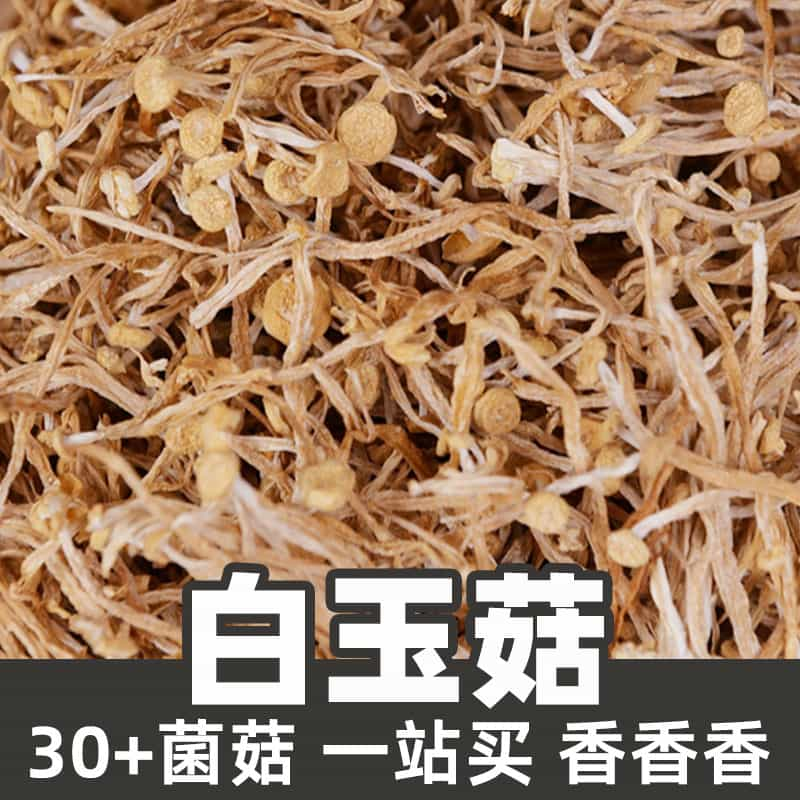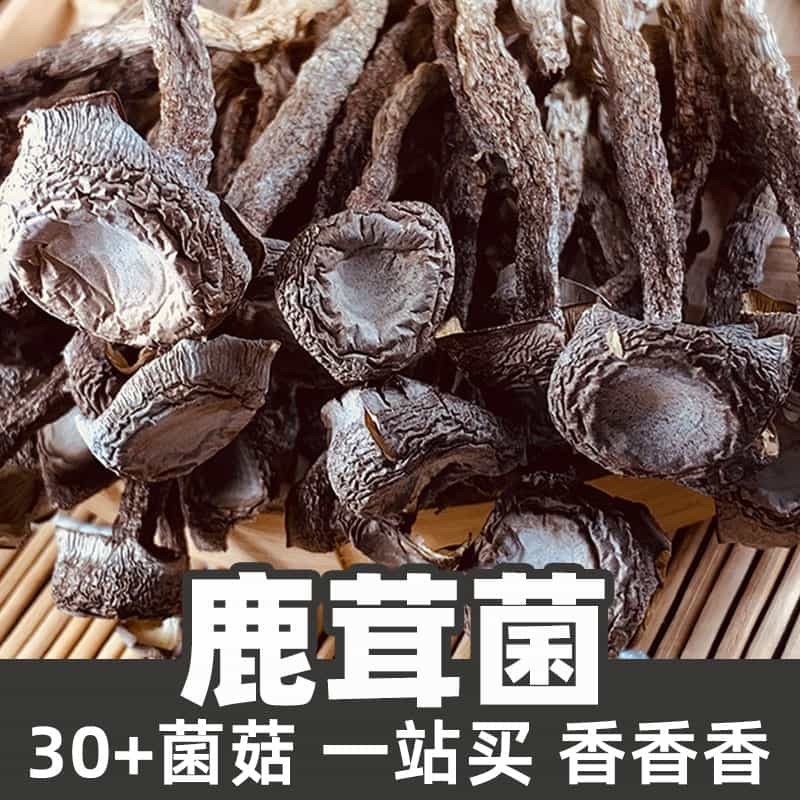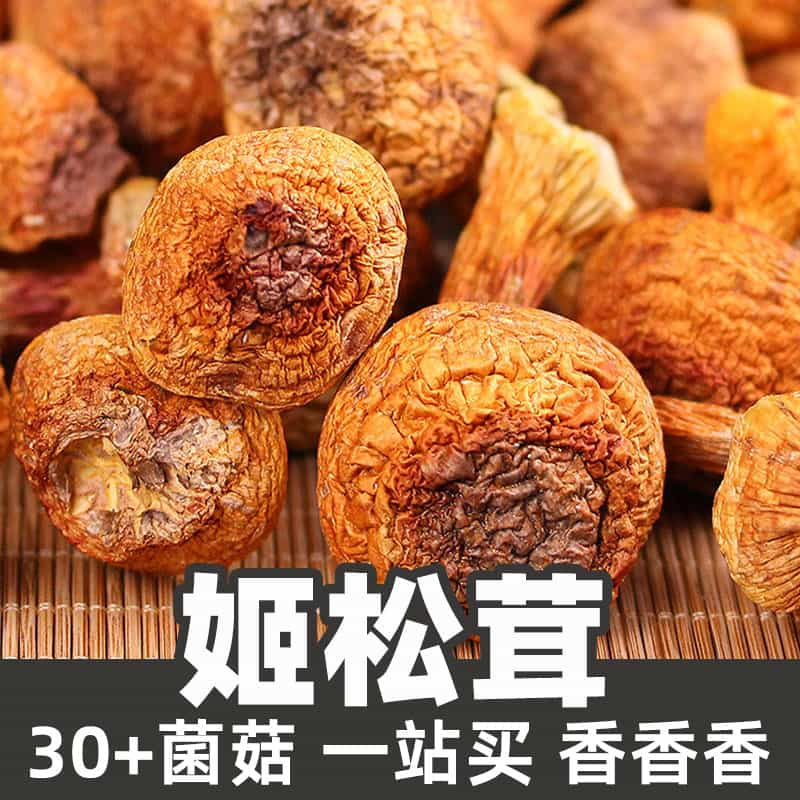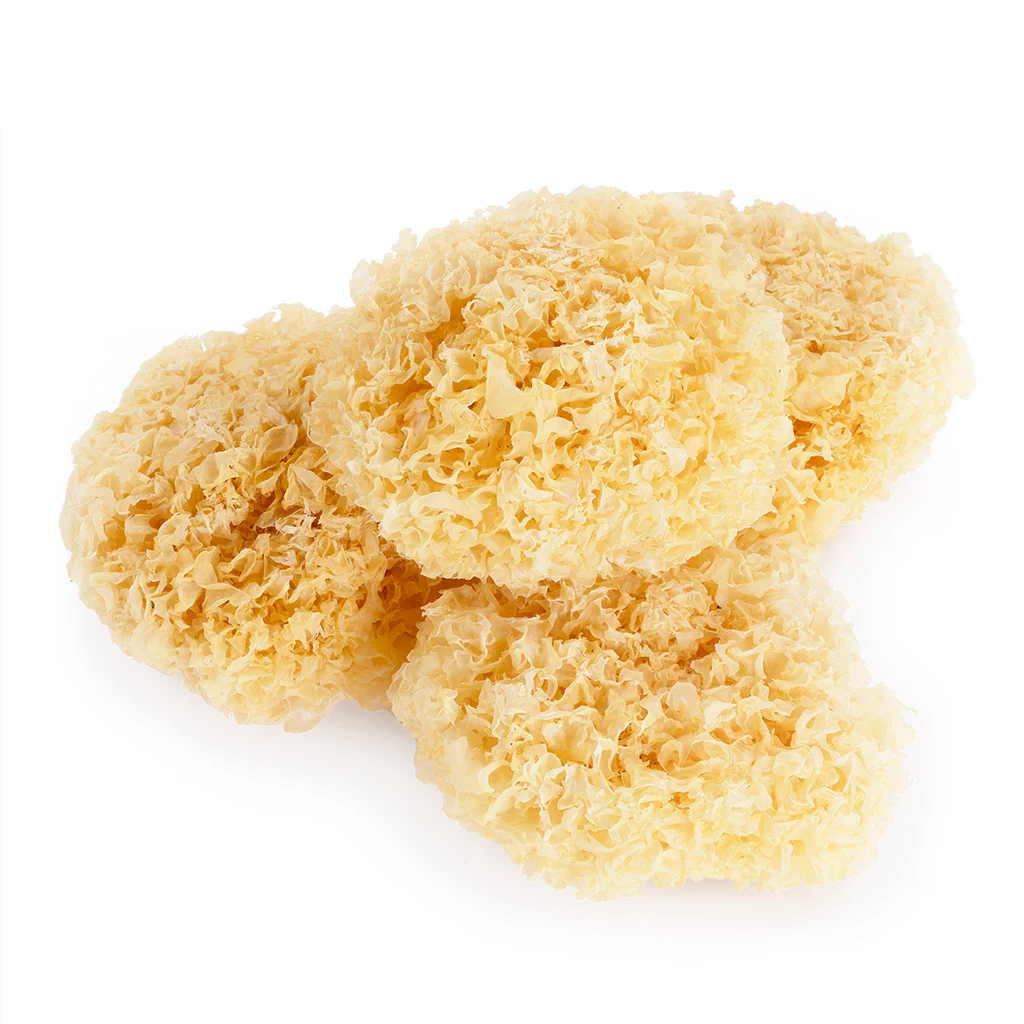Product Introduction
Russula mushrooms belong to a diverse genus with more than 700 different species, making them one of the largest groups of mushrooms globally. Renowned for their striking colors and various flavors, Russulas are commonly found in temperate forests, often associated with specific tree species. They are characterized by their brittle flesh and a distinctive cap shape, which varies among species. While some Russulas are edible and considered a culinary delicacy, others are known for their unpleasant taste, earning them the nickname "bitter mushrooms." This duality makes them both interesting and challenging for mushroom foragers. The distinctive chemical profile of Russulas contributes to their wide range of uses, from cooking to medicinal applications. In culinary practices, they are appreciated for their unique flavors, which can range from mild to spicy, and they are often prepared in sautés, soups, and pasta dishes. Beyond their culinary value, Russulas have garnered attention in mycological studies for their ecological roles and relationships with forest environments, showcasing their significance beyond the kitchen.
Nutritional Composition
Russula mushrooms are rich in essential nutrients and bioactive compounds that contribute to their health benefits. They contain a good amount of protein, making them a decent source of this macronutrient for those seeking plant-based options. Additionally, Russulas provide dietary fiber, which aids digestion and promotes gut health. Polysaccharides, commonly found in various types of fungi, are present in significant amounts in Russulas and may offer immune-boosting properties. Notable chemical components include phenolic acids, which have been studied for their antioxidant activity; these compounds help to neutralize free radicals in the body. Russulas also contain terpenoids, further contributing to their flavor and potential health effects. The presence of vitamins, particularly B vitamins like riboflavin and niacin, supports metabolic processes in the body. Some species of Russula are also identified as sources of minerals such as potassium, copper, and selenium. These nutritional attributes underline the potential health benefits of including Russulas in the diet, whether for flavor or nourishment. As further research illuminates their properties, the understanding of Russulas' nutritional value continues to grow, enhancing their reputation in both culinary and health circles.
Application Scenarios
Russula mushrooms can be utilized in various applications beyond mere culinary use. In the kitchen, their unique flavors make them a versatile ingredient in a range of dishes. They are often sautéed, roasted, or used in soups, stews, and pasta, offering an earthy taste that complements other ingredients well. Some species are appreciated for their delicate flavor, while others possess a more robust or peppery profile, allowing for culinary creativity. Beyond gastronomy, Russulas have captured the interest of researchers and mycologists. Their ecological roles, particularly in forest ecosystems, make them valuable in studies of biodiversity and mycorrhizal relationships, where they interact with tree roots to exchange nutrients. Additionally, certain Russula species are used in traditional medicine practices in various cultures, believed to possess properties that support overall health, though caution is necessary due to the potential toxicity of some varieties. This highlights the importance of correct identification when foraging. For those interested in sustainable living, Russulas present an opportunity for responsible harvesting practices. Their potential influence in renewable ecosystems through nutrient cycling adds another layer of importance to their study and application, showcasing the multifaceted nature of these mushrooms.
Growth Environment and Geographic Distribution
Russula mushrooms thrive in diverse ecosystems, predominantly found in temperate and boreal forests. Their mycorrhizal nature links them closely with various tree species, forming symbiotic relationships where they exchange nutrients, aiding in the growth of both fungi and plants. These mushrooms often grow in soil rich in organic matter and are frequently associated with coniferous and deciduous trees, depending on the species. Russulas can be observed across the globe, particularly in regions with seasonal changes. North America and Europe host a wide range of Russula species, thriving in woodlands, parks, and natural areas where moisture levels are relatively stable. In addition to temperate regions, some species can also be found in subtropical and even tropical zones, highlighting their adaptability. Factors such as soil composition, moisture, and temperature significantly influence where Russulas grow. Their fruiting bodies appear primarily during the warmer months, typically after rainfalls, when conditions are conducive for their development. Careful study of their habitats can provide insight into ecosystem health and biodiversity, showcasing the interconnectedness of flora and fungi in our environments.
Harvesting, Processing, and Storage
Harvesting Russula mushrooms requires careful attention to detail, as certain varieties can be toxic or unpleasant to consume. Foragers should have a good understanding of the distinguishing features of edible versus inedible species, including cap color, gill attachment, and overall morphology. Freshly harvested Russulas must be handled gently because their flesh is fragile and can bruise easily. After collection, these mushrooms should be cleaned, removing any debris or dirt, preferably with a soft brush or a damp cloth to preserve their texture. Some cooks prefer to remove the stems, which can be tough in certain species. When it comes to storage, fresh Russulas are best stored in a paper bag in the refrigerator, where they can last up to a week. For longer preservation, drying is a popular method. Dried Russulas can be stored in airtight containers in a cool, dark place and have a shelf life extending to several months. Rehydrating dried Russulas requires soaking them in water before use, allowing them to regain some moisture and flavor. The versatility of Russulas allows them to be enjoyed in various forms, from fresh to dried, showcasing their culinary and nutritional potential while maintaining proper harvesting and storage practices to ensure safety and quality.
Monica Sun is a seasoned expert in the natural raw materials industry, with over a decade of experience specializing in traditional Chinese medicinal herbs, spices, and fungi. She is skilled in the sourcing, processing, and application of these materials, emphasizing sustainability and innovation. Monica Sun has contributed to the development of high-quality natural raw materials that serve as essential components in functional foods, pharmaceuticals, and cosmetics, delivering tailored solutions to meet diverse market needs.









